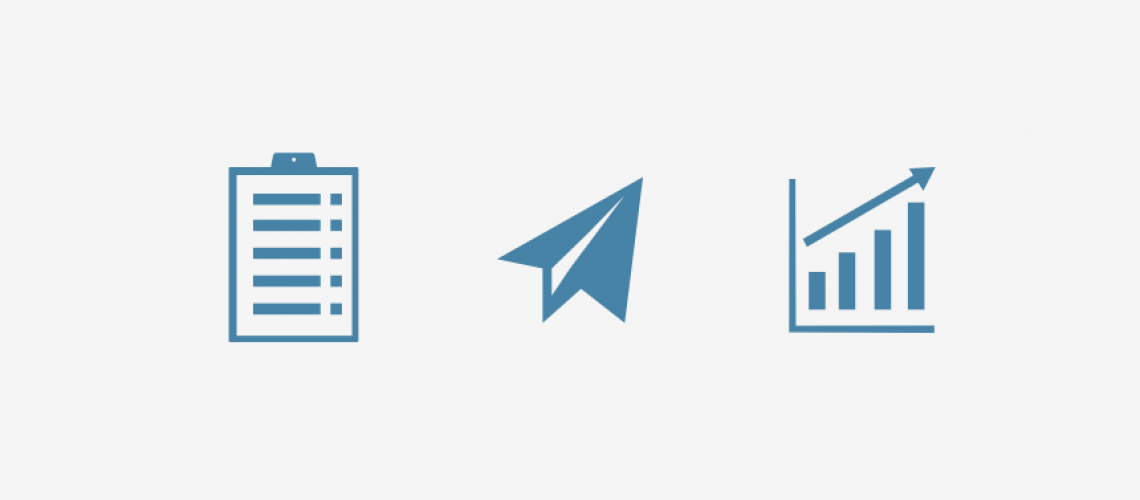Data is one of the most important and vital aspects of any research study. The researcher conducted in different fields of study can be different in methodology but every research is based on data that is analyzed and interpreted to get information. A dissertation is not complete without the proper presentation of data and you must learn the correct representation of data in the dissertation to provide accurate information to the readers regarding the research.
According to dissertation writing services, whether you are dealing with quantitative or qualitative data, you need to present your data in a way that can be easily understood by the reader. While you are initially surveying the collection of data, it may not be immediately obvious which is the best way to present data. It is just because the readers can make a sense of what you are trying to say. Before collecting the data, you must know why this data is needed and what is the purpose behind collecting a certain criterion of data to complete the task most efficiently.
Dissertation Tables, Charts, and Lists:
It is necessary to understand that when you write a dissertation, it is much different than an essay or writing anything informal piece of writing. It does not contain bullet points and lists; there is a separate section in the dissertation where the data is presented. Here are some ways to present the data most accurately:
- Pie Charts – Pie charts show percentages and are presented in a circle. When using this way of presenting data, try to limit the pie chart to less than eight segments for clarity. Work carefully and merge very small values into a segment labeled ‘other’.
- Bar Charts – Bar charts show how different data compare with one another. You must keep the entries limited and keep the distinguishing features clear. Make the scale match the data equally and do not skew the data too far just to fit in a value deviating from the norm.
- Line Graphs – Line graphs show how things have changed over time; they present the trends and developments that always moving from left to right. For clarity, you must label the lines on the diagram rather than in a key.
- Histograms – Histograms show data that is presented on a continuous scale. The bars touch one another to show these links; it can be any comparative figures like ages, say 10–15 years, 16–19 years, 20–14 years, and so on.
Read More: Some Top Ways to Help Students Enhancing Reading Strategies
There are many other ways of displaying and presenting data but the most common way is the use of pie and bar charts, line graphs, and histograms are known as the best ways of displaying data in an undergraduate dissertation.
Another way to represent data is with help of tables; tables of all types can be easily put together using basic word processing and spreadsheet software; however, tables and spreadsheets need to be concise as they only require numbers for comparison. Make sure to give your table a heading and each cell of a spreadsheet just a brief description only. Keeping the tables and spreadsheets compact and tidy is a great way to provide accurate details to readers regarding the research.
You need to understand that in case the data starts to spread or becomes unwieldy or there are too many details, you should go for one more tablet to avoid confusion. If it fails to work out this way, you will have to think of another way to present the data accurately. A flow chart can be a useful means of offering data in a comprehendible manner; it shows horizontal and backward connections as well as links that are vertical and forward. Figures and graphs can be used for showing the results of data analysis, rather than tables with raw numbers. Choosing the right type of plotting method such as lines, bars and pie are also a good option as pie charts can display percentages of different categories in a dataset whereas line graphs are best when the data on the x-axis represents the magnitude of the same entity/variable.
Read More: Top Benefits of Creative Writing You May Don’t Know Before
With help of modern technology, making graphs and figures to correspond to your work is no longer tedious and time-consuming. With a few clicks and taps, you can come up with a highly informative and beautiful graph, figure, or table that can appear in the dissertation within a matter of minutes. However, students must keep an eye on the common mistakes that they can end up making while adding figures to the graphs for clarity. Make sure that graphs, figure or the table presents the information with clarity as the examiner will not be impressed with your computer skills or colored illustration but the clear and comprehendible way you are explaining the data.



